Things from the 70s, kids today wouldn’t understand
Ah, the good old days! When life was simpler, and technology was a little less… techy. Let’s take a fun-filled journey back to a time when things weren’t as instant, but oh so interesting.
From rotary phones to lava lamps, each relic of the past tells a story of innovation and style that shaped our modern conveniences.
Saturday Morning Cartoons
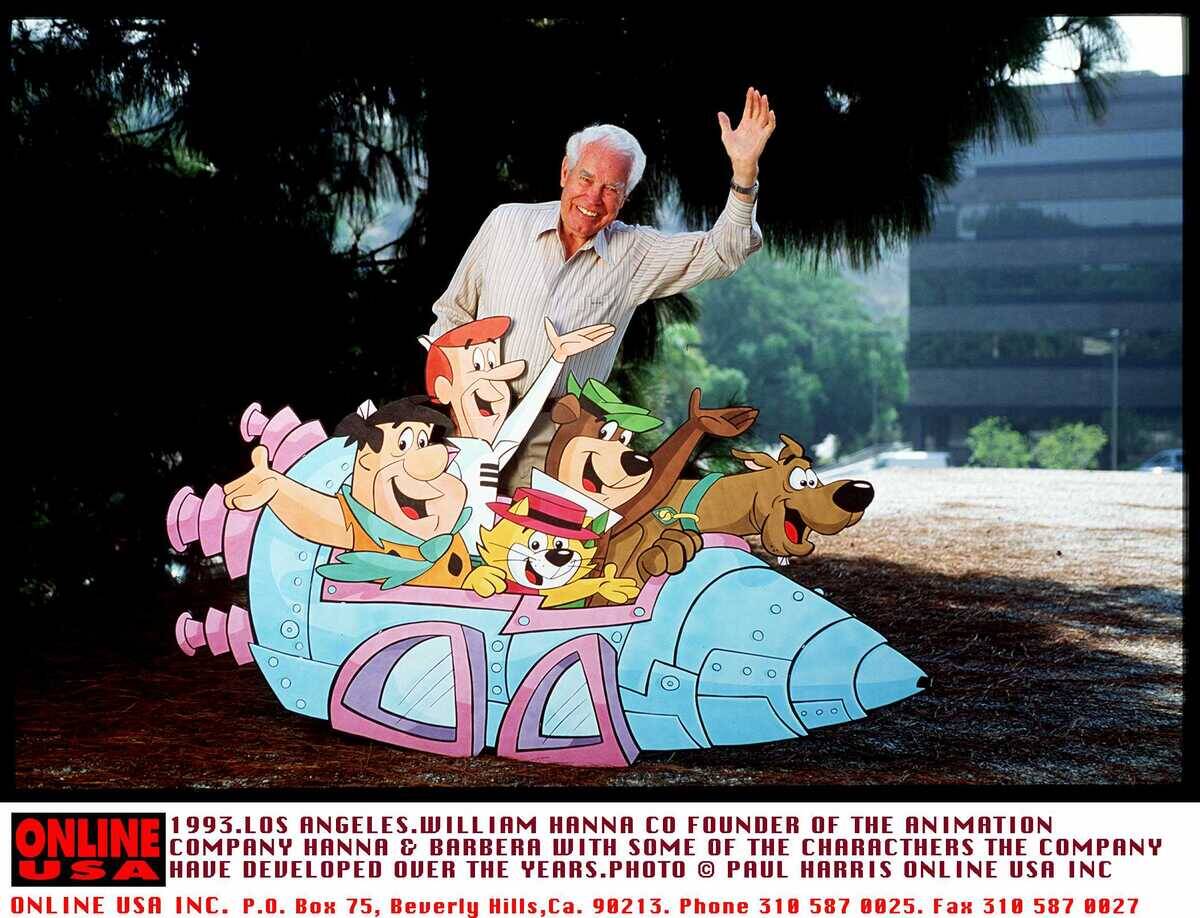
Saturdays meant one thing: cartoons! From Scooby-Doo to Looney Tunes, these animated adventures were a staple of childhood. Broadcast networks filled their morning slots with these delights, giving kids a reason to wake up early.
This ritual started in the 1960s and made every Saturday feel like a holiday. However, competition with channels that exclusively aired cartoons and other media landscape changes led to a decline in Saturday morning cartoons starting in the mid-’90s.
Rotary Phones
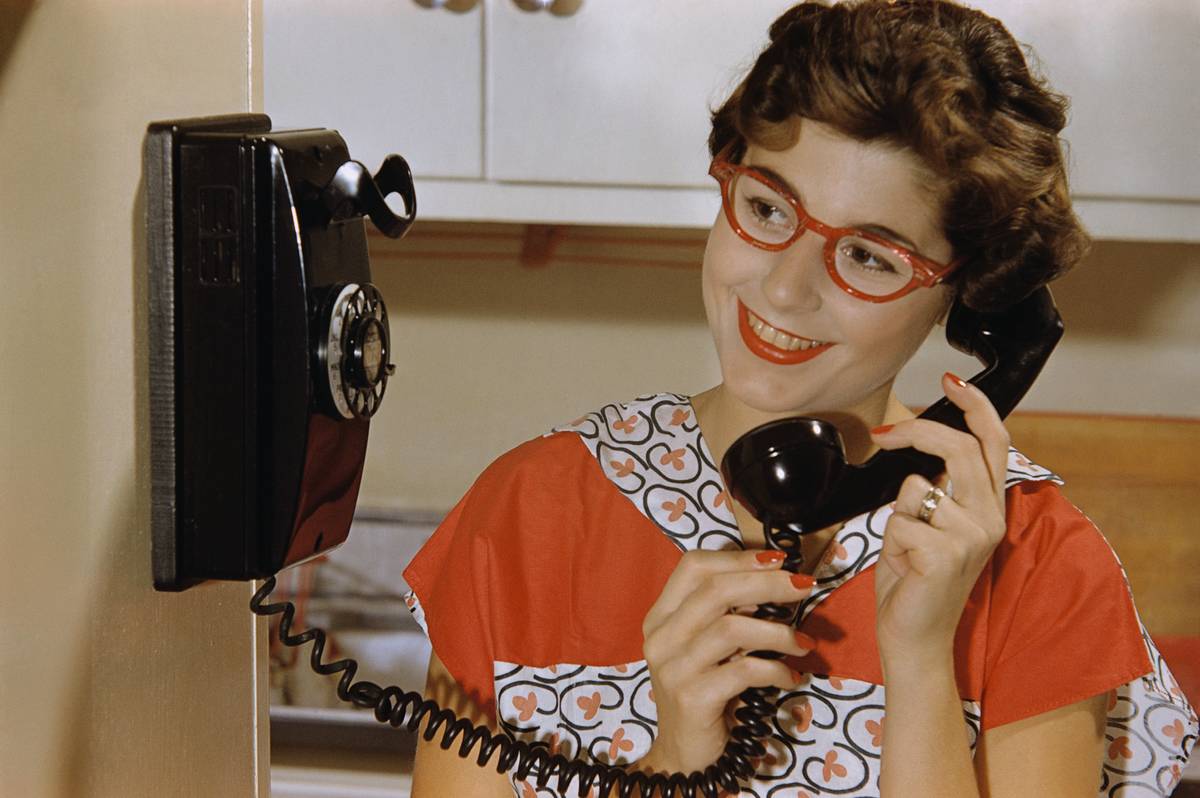
Remember the satisfying click of the rotary phone dial? These phones were the centerpiece of communication for decades.
Invented by Almon Brown Strowger in 1892, they required patience and precision. Each number was dialed by rotating the dial to the corresponding finger stop, and it was quite the workout for your digits!
Vinyl Records and Turntables
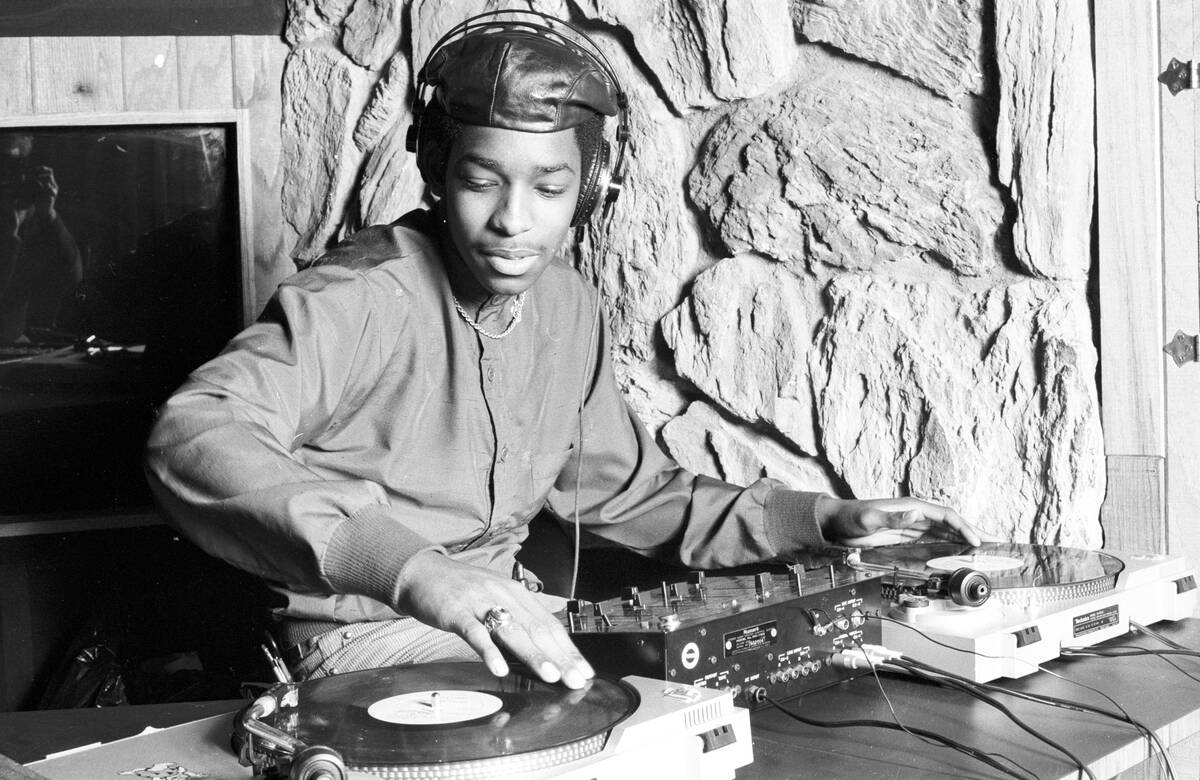
There’s nothing quite like the warm crackle of a vinyl record spinning on a turntable. Introduced as an earlier concept in the late 1800s, vinyl records became the primary music format until the 1980s.
They offered an immersive listening experience, with album artwork that was as much a part of the experience as the music itself.
Mix Tapes
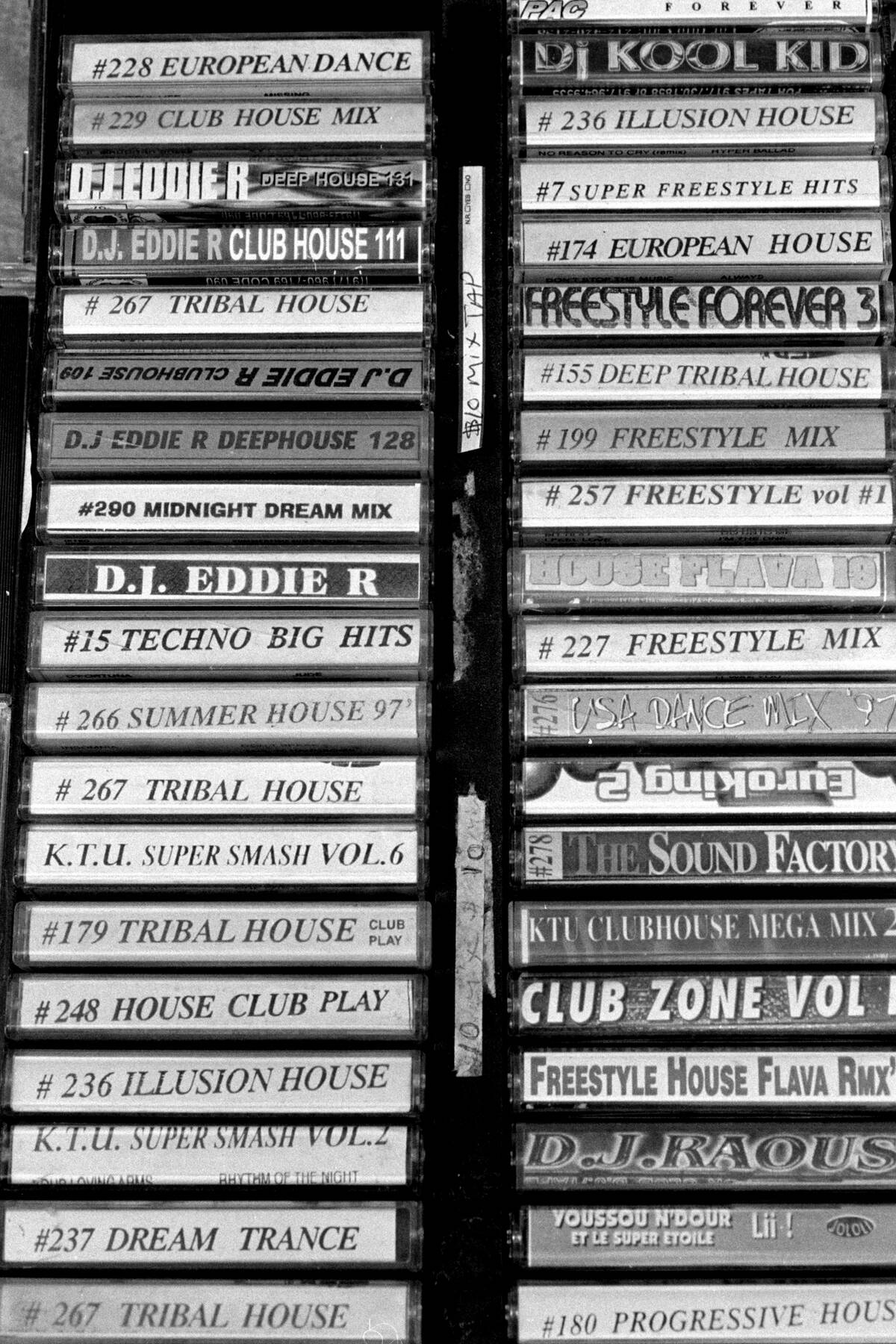
Before Spotify playlists, there were mix tapes. Crafting a mix tape was an art form, requiring careful selection of songs to convey a message or mood.
Cassette tapes, introduced in 1963 by Philips, made it possible. Each tape was a unique creation, often given as a personal gift or keepsake.
Roller Disco
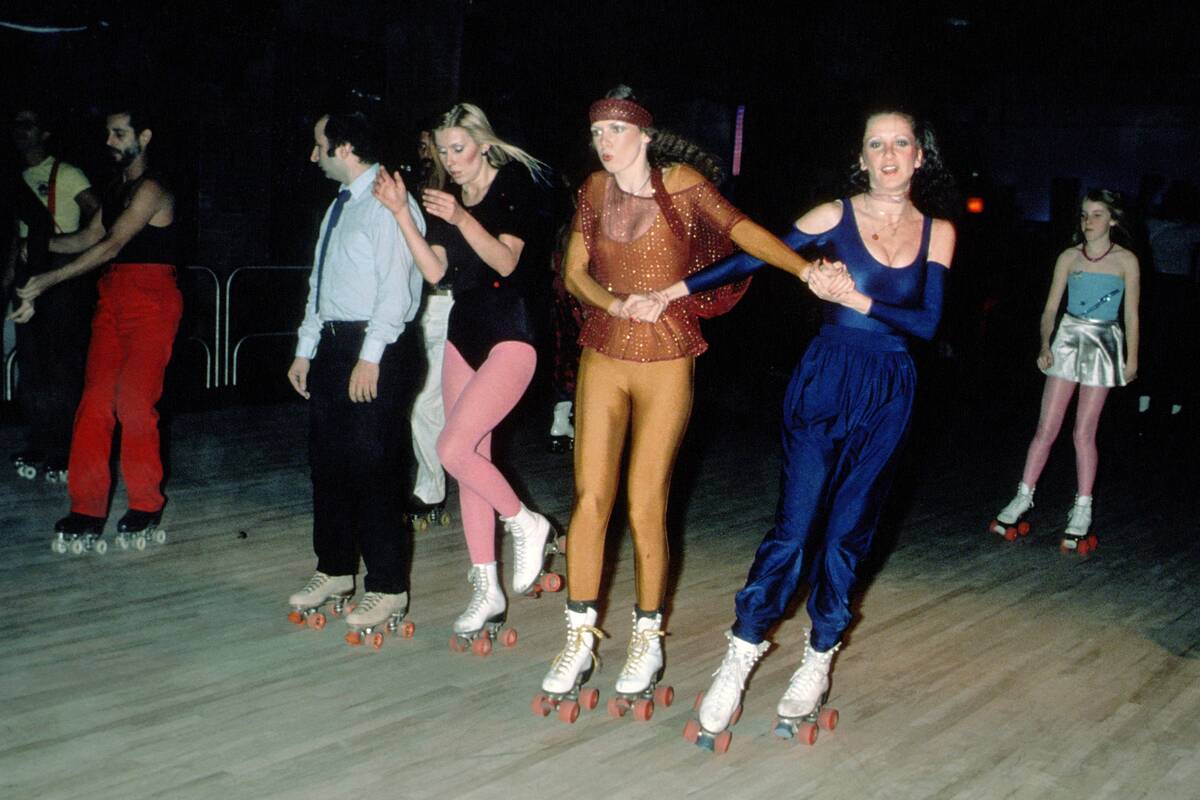
Put on your skates and hit the floor! Roller discos combined the joy of roller skating with the flash and flair of disco music.
Popular in the 1970s, these venues were adorned with disco balls and colorful lights, creating a vibrant atmosphere for skate-dancing enthusiasts to strut their stuff.
Polaroid Cameras
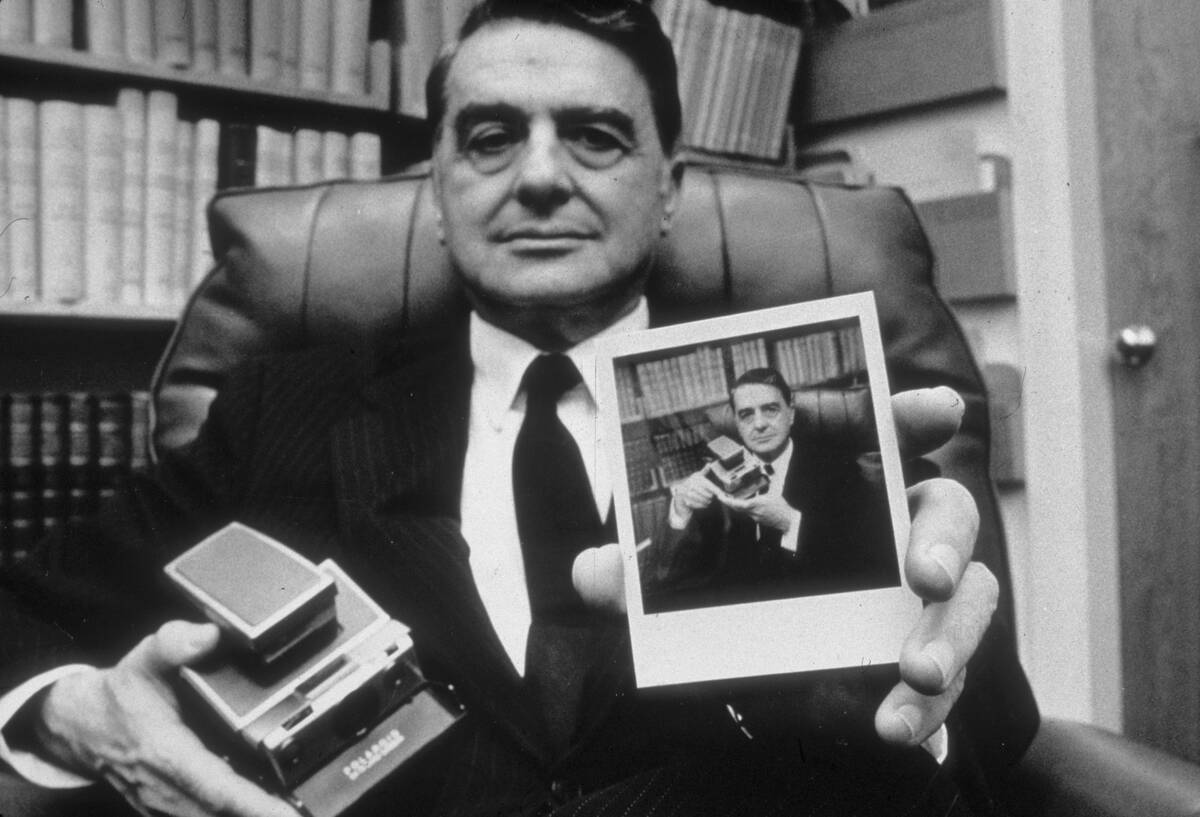
Long before Instagram, Polaroid cameras offered the thrill of instant photography. First introduced in the late 1940s by Edwin Land, these cameras developed pictures right before your eyes.
This innovation made capturing and sharing moments immediate, paving the way for our snap-happy culture today.
The Yellow Pages
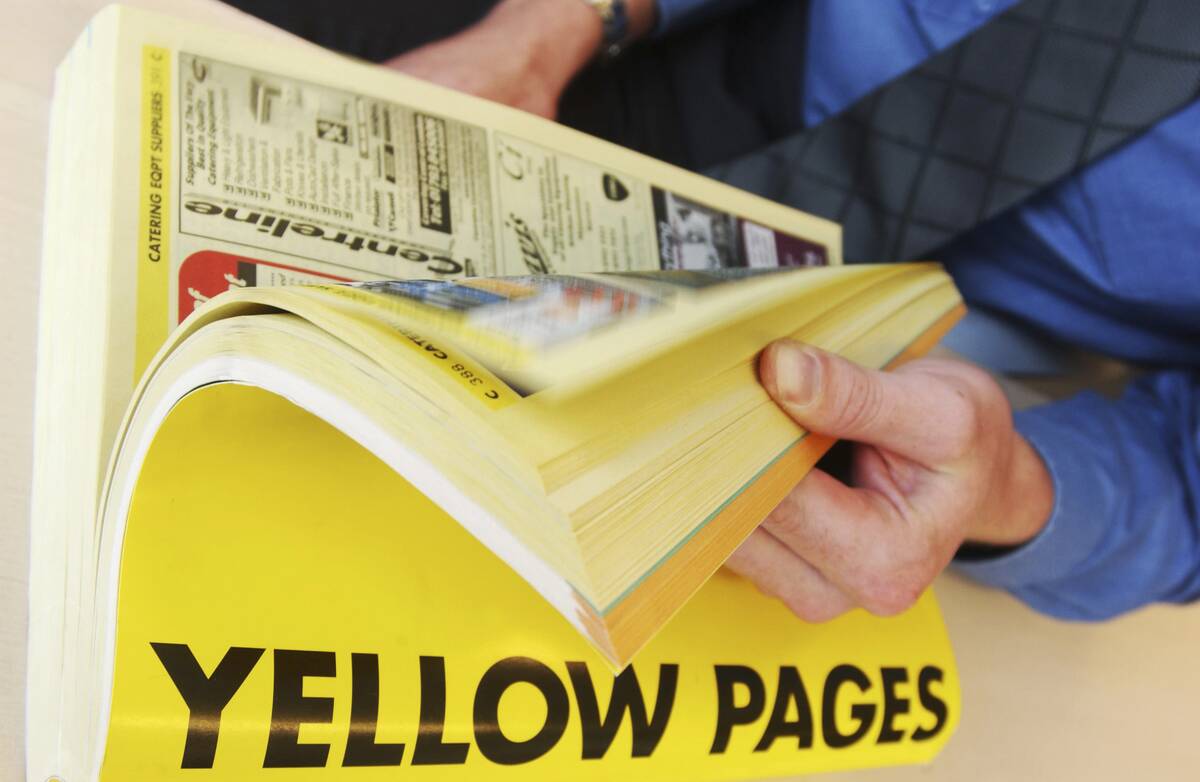
Before search engines, there were the Yellow Pages. These hefty directories were essential for finding local businesses and services.
Published by telephone companies, they organized listings by category, making it easy to find a plumber or pizza place. In a world without Google, they were a lifesaver!
Eight-Track Tapes
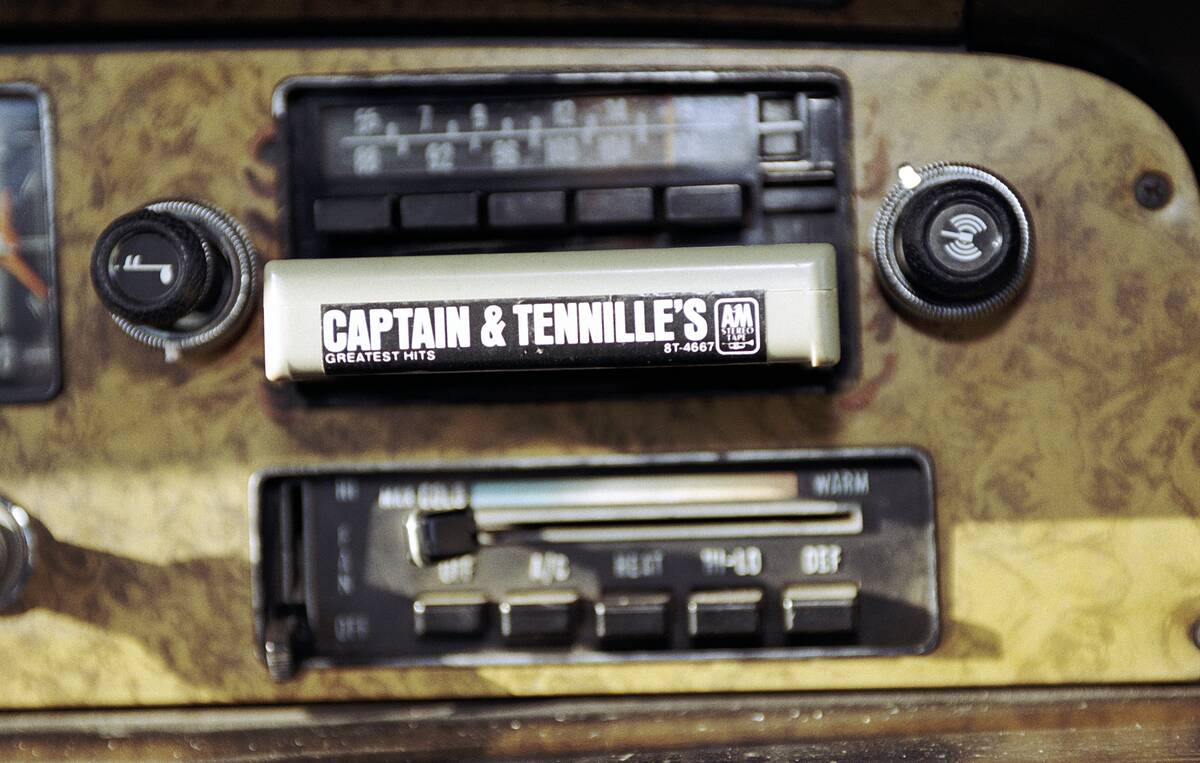
Eight-track tapes were the go-to format for music lovers in the 1960s and ’70s. Developed by Bill Lear, they provided a continuous loop of music, perfect for road trips with no need to flip the tape.
Though eventually overtaken by cassettes, they hold a nostalgic spot in music history.
Pong and Arcade Games
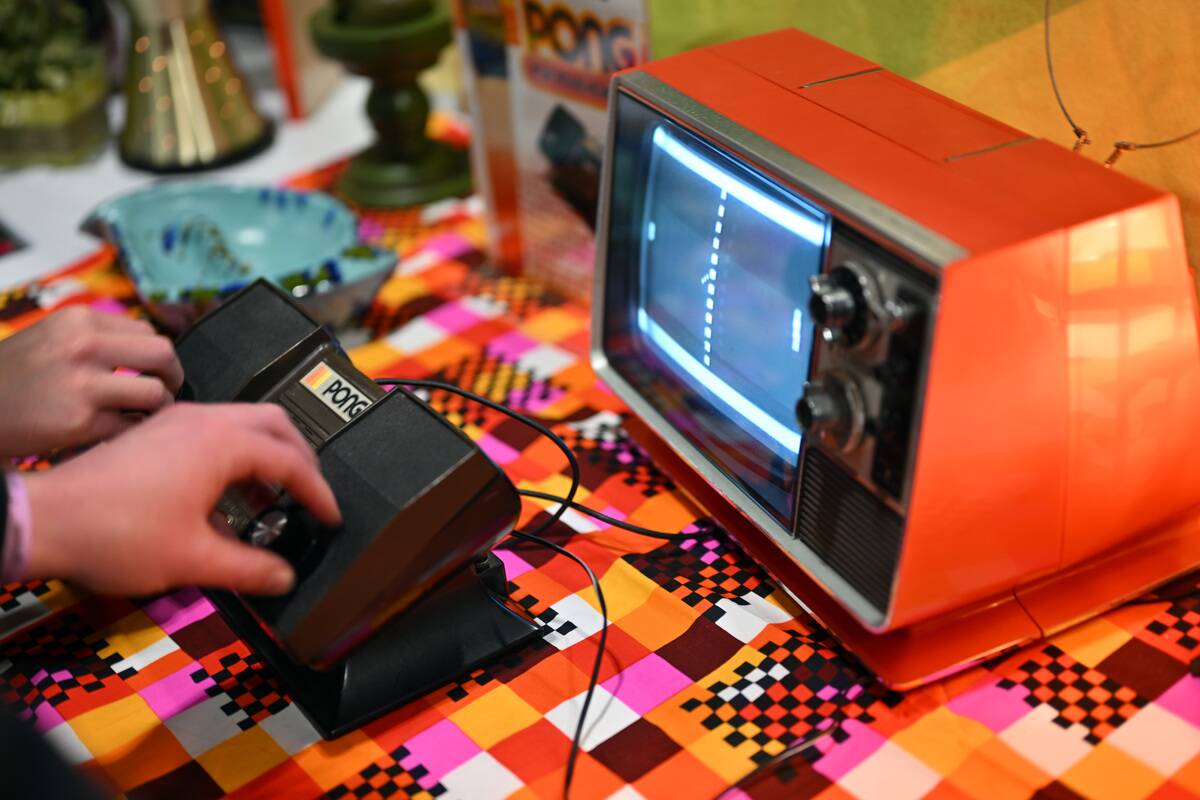
Simple yet groundbreaking, Pong was the game that launched the video game industry. Released by Atari in 1972, it simulated table tennis and captivated players with its basic graphics and addictive gameplay.
Alongside other arcade classics like Space Invaders, it paved the way for the gaming giants of today.
Mood Rings
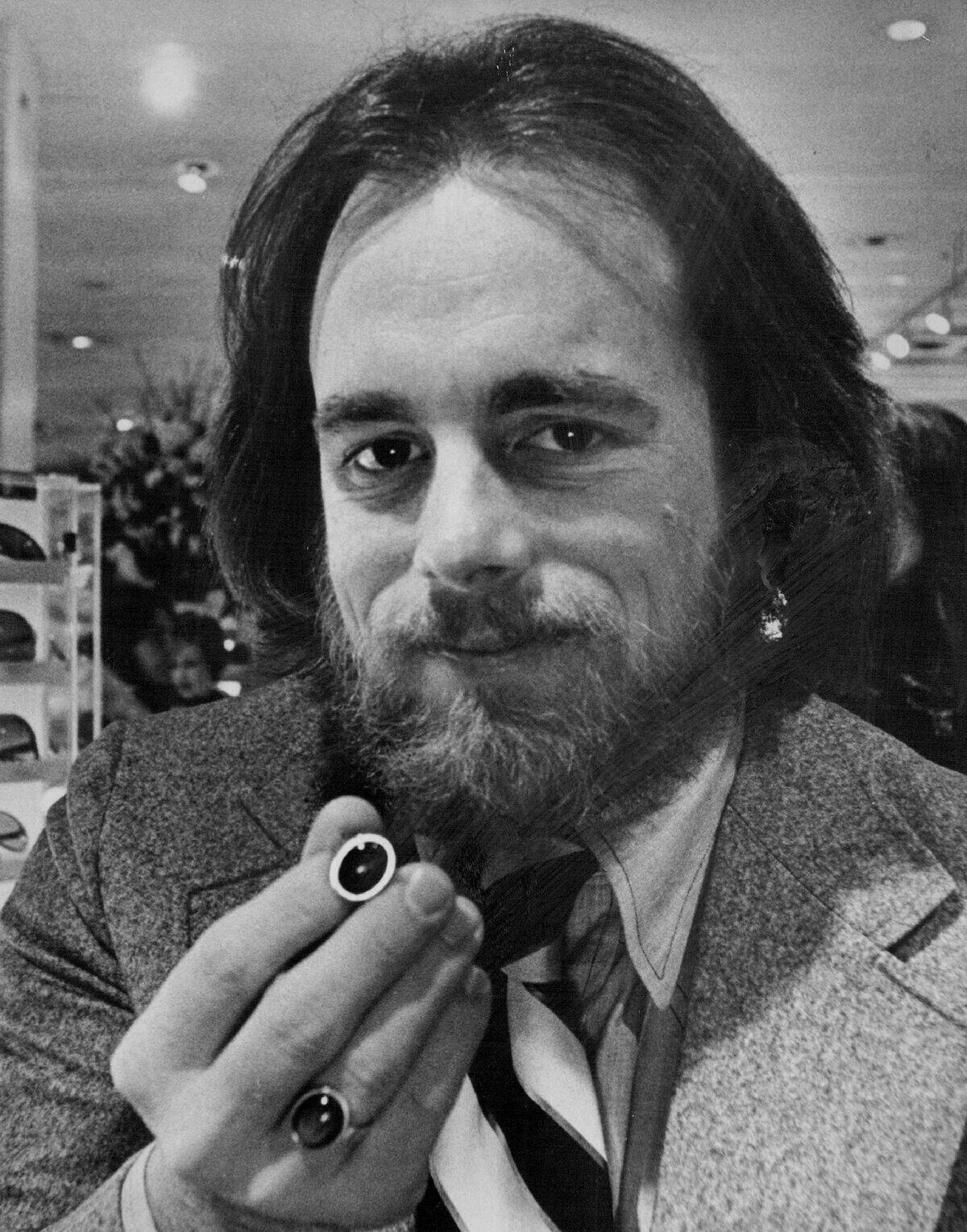
Mood rings were the ultimate accessory in the 1970s, claiming to reflect the wearer’s emotional state.
Invented by Marvin Wernick (not pictured), these rings contained liquid crystals that changed color with temperature shifts. Though their accuracy was debatable, the allure of wearing your ‘mood’ was irresistible.
Pet Rocks

In 1975, Gary Dahl introduced the world to pet rocks, a quirky fad that took off like wildfire. These smooth stones came with a care manual and were marketed as the perfect low-maintenance pet.
While the craze was short-lived, it remains a testament to the power of creative marketing.
Bell-Bottom Jeans
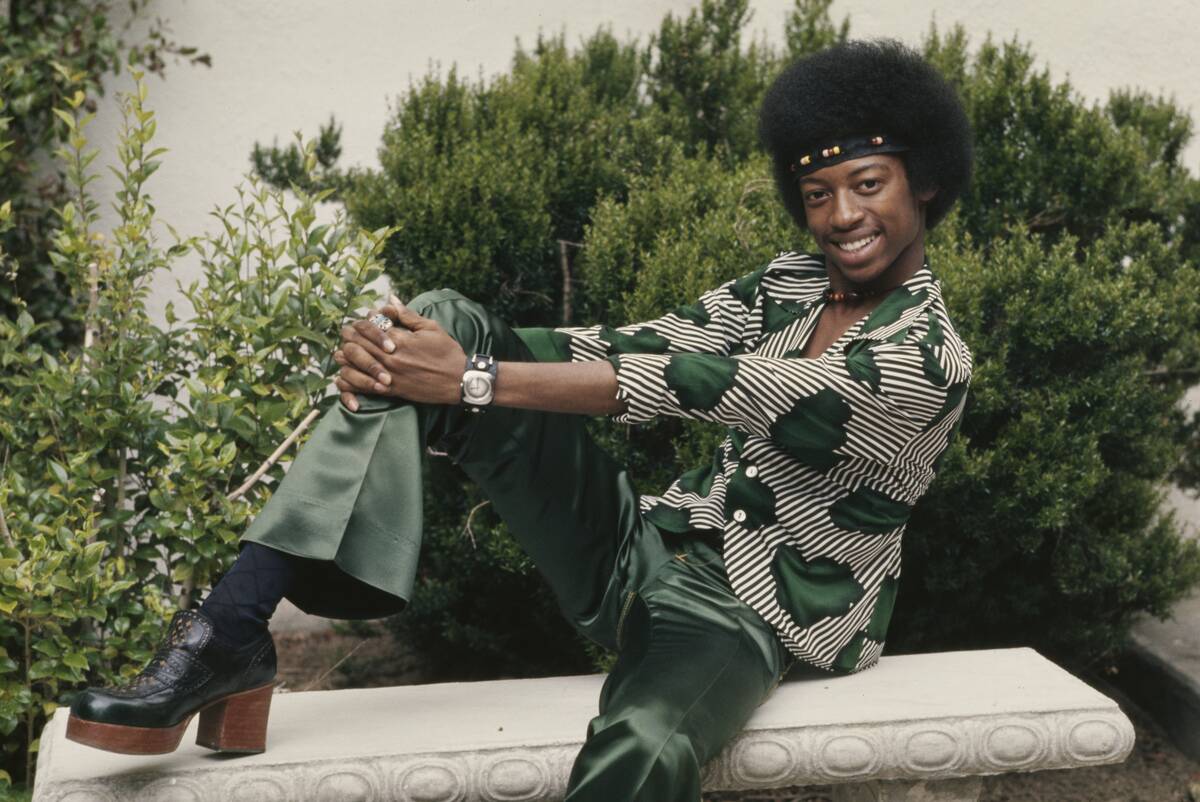
Bell-bottom jeans were the epitome of 1970s fashion, with their wide-legged flare and groovy style.
Initially worn by sailors in the 19th century, they became a symbol of counterculture and self-expression. Paired with platform shoes, they were a fashion statement that still resonates today.
CB Radios

Before Twitter and Facebook, there were CB radios. Citizens Band radios allowed people to communicate over short distances, popularized by truckers in the 1970s.
With handles like “Rubber Duck,” CB channels became the airwaves for social interaction, providing a sense of community on the open road.
TV Antennas
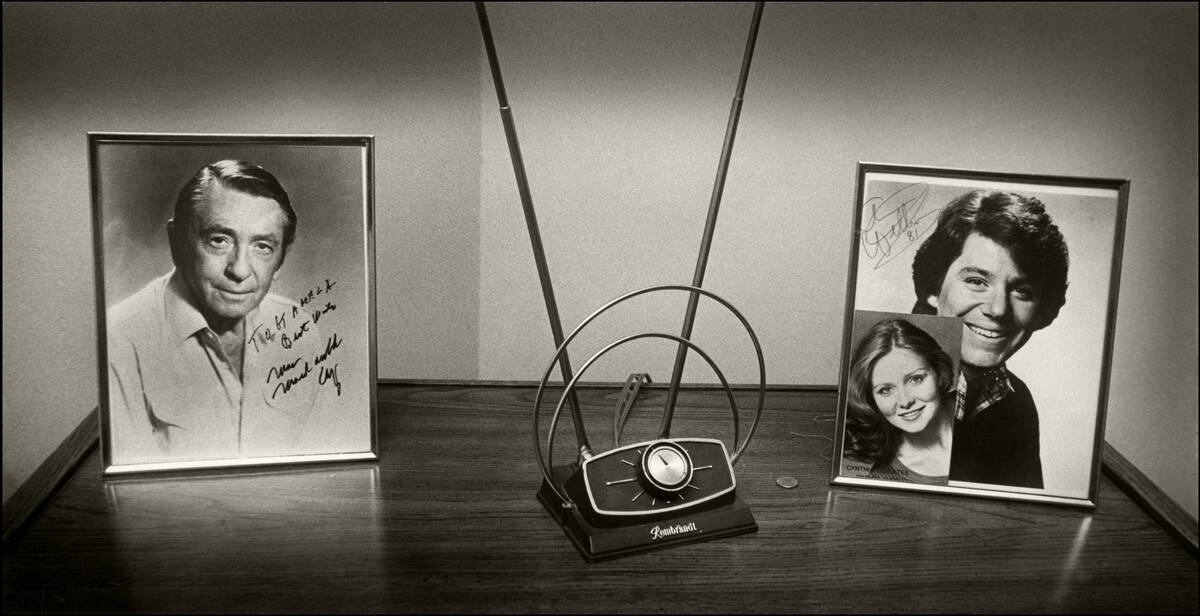
Remember adjusting the rabbit ears to get a clearer picture? TV antennas were a household necessity for receiving broadcast signals.
These metal contraptions required precise positioning to avoid static. Though cable, satellite, and digital TV has made them obsolete, they were once the lifeline to our favorite shows.
Beanbag Chairs
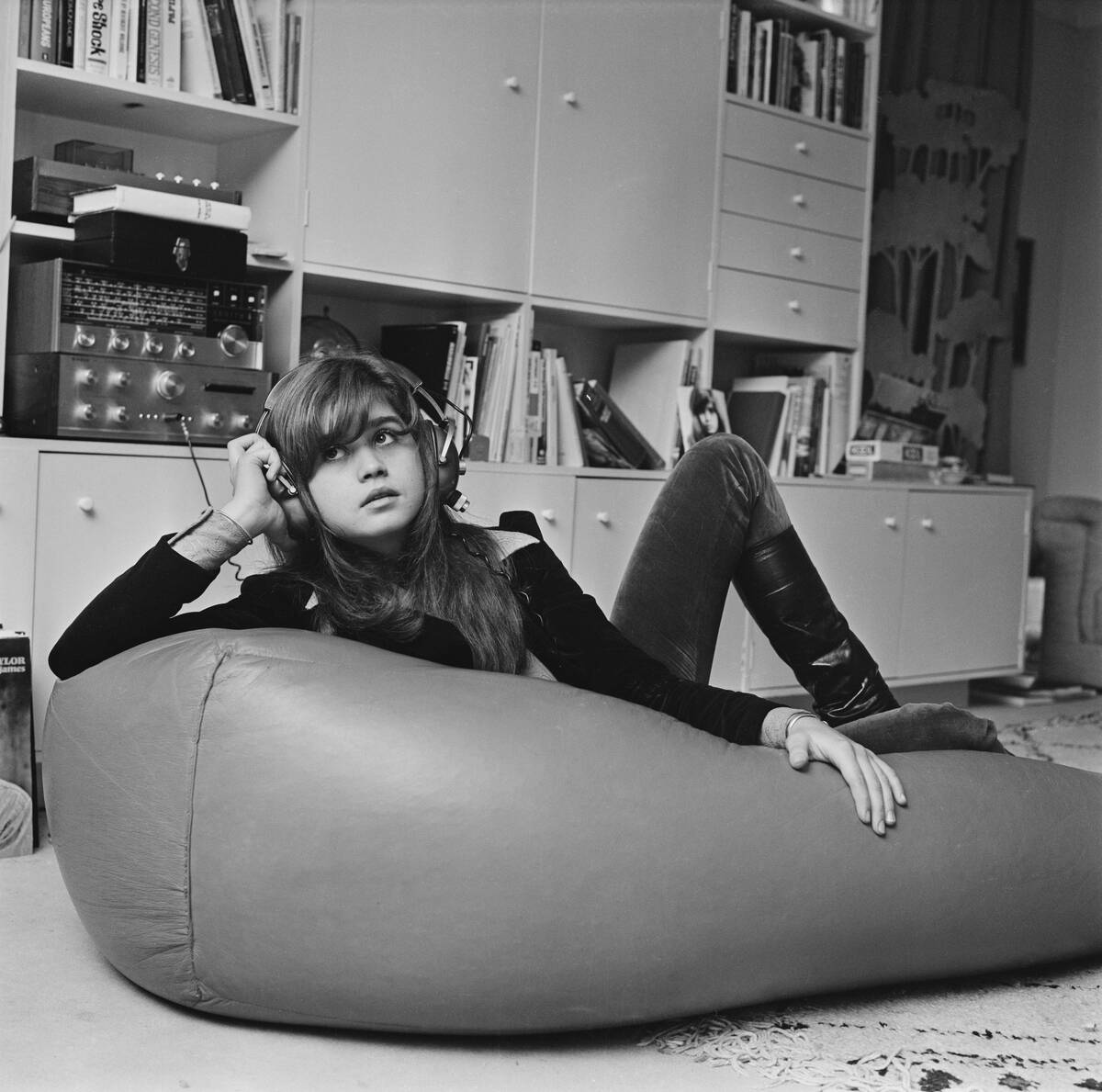
For the ultimate in casual comfort, nothing beat a beanbag chair. First created in 1968 by three Italian designers (Piero Gatti, Cesare Paolini, and Franco Teodoro), these versatile seats conformed to the sitter’s shape.
Perfect for lounging, they became a staple in dorm rooms and living spaces, embodying the laid-back vibe of the era.
Lava Lamps
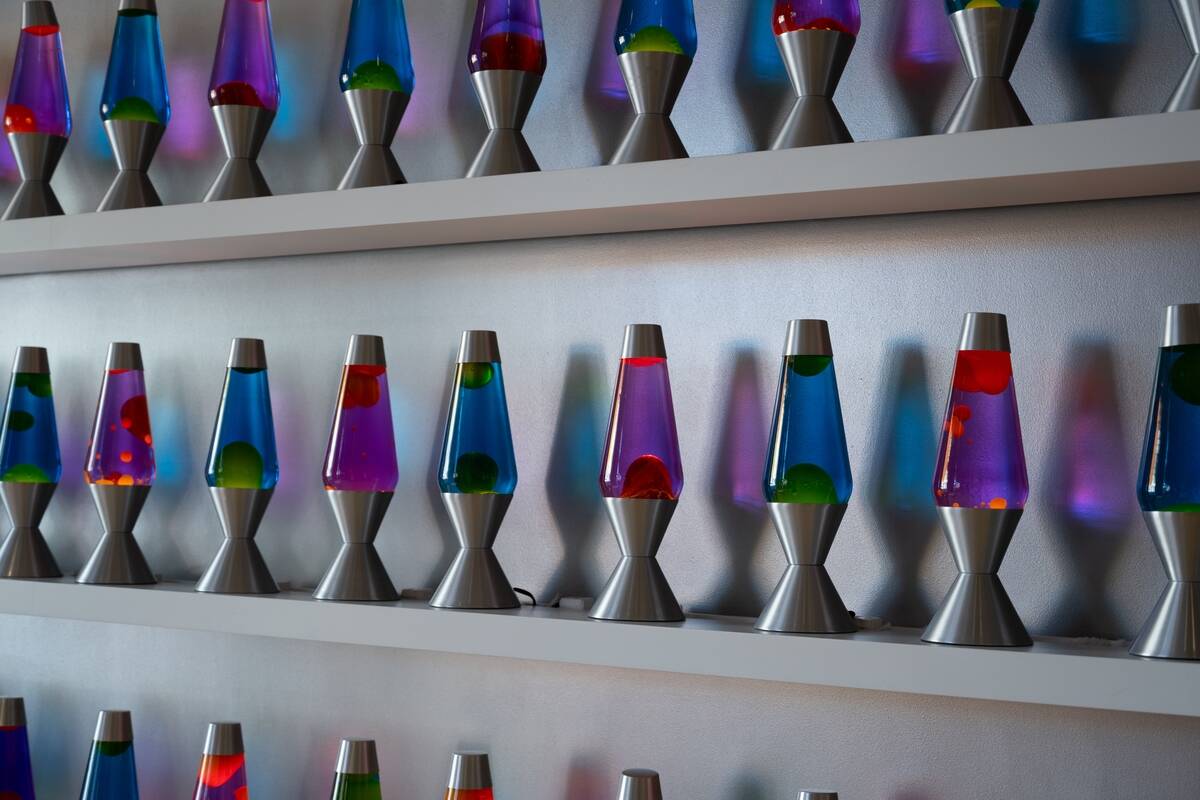
No 1970s room was complete without a lava lamp. Invented by Edward Craven Walker in 1963, these mesmerizing lamps contained colored wax that moved in liquid, creating a soothing effect.
A symbol of the psychedelic era, they added a touch of groovy ambiance to any space.
Film Cameras
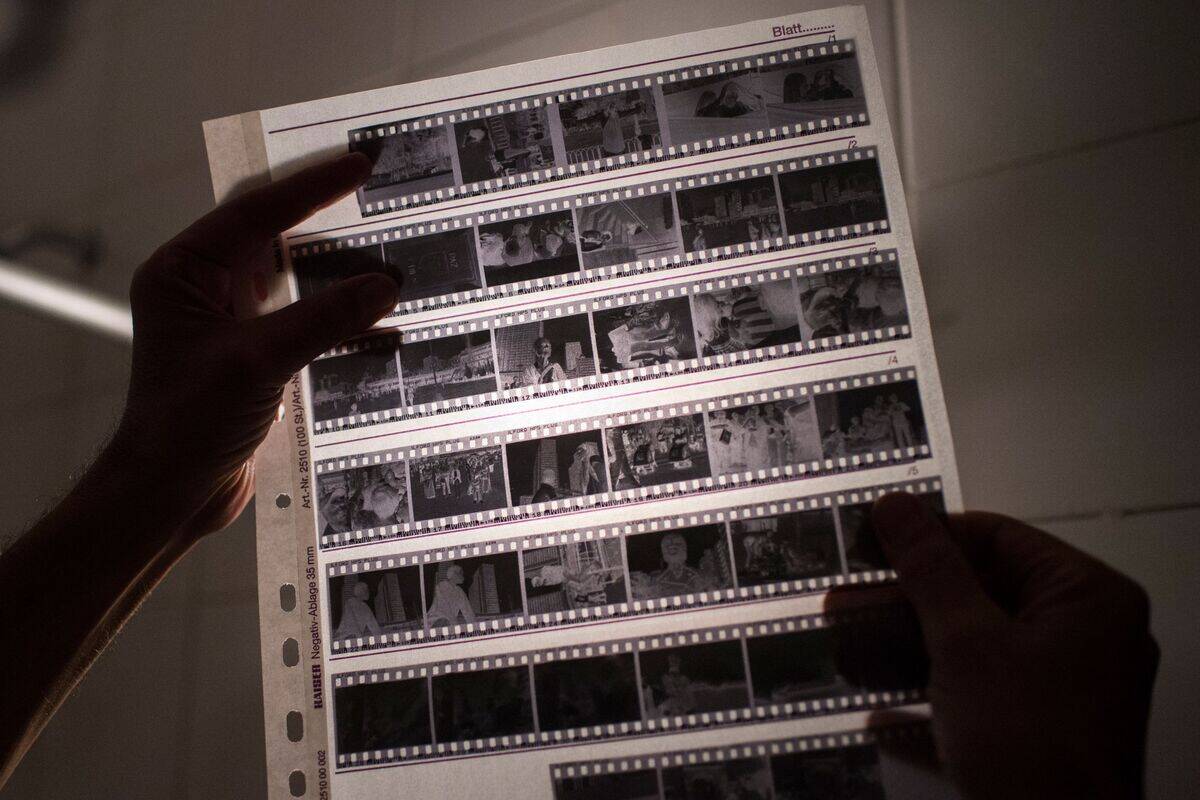
Before digital cameras, there were film cameras, capturing memories with each click. Film, which dates back to the 1880s, required development in a darkroom, adding anticipation to the photo process.
Each roll of film was precious, making the captured images all the more cherished.
Typewriters
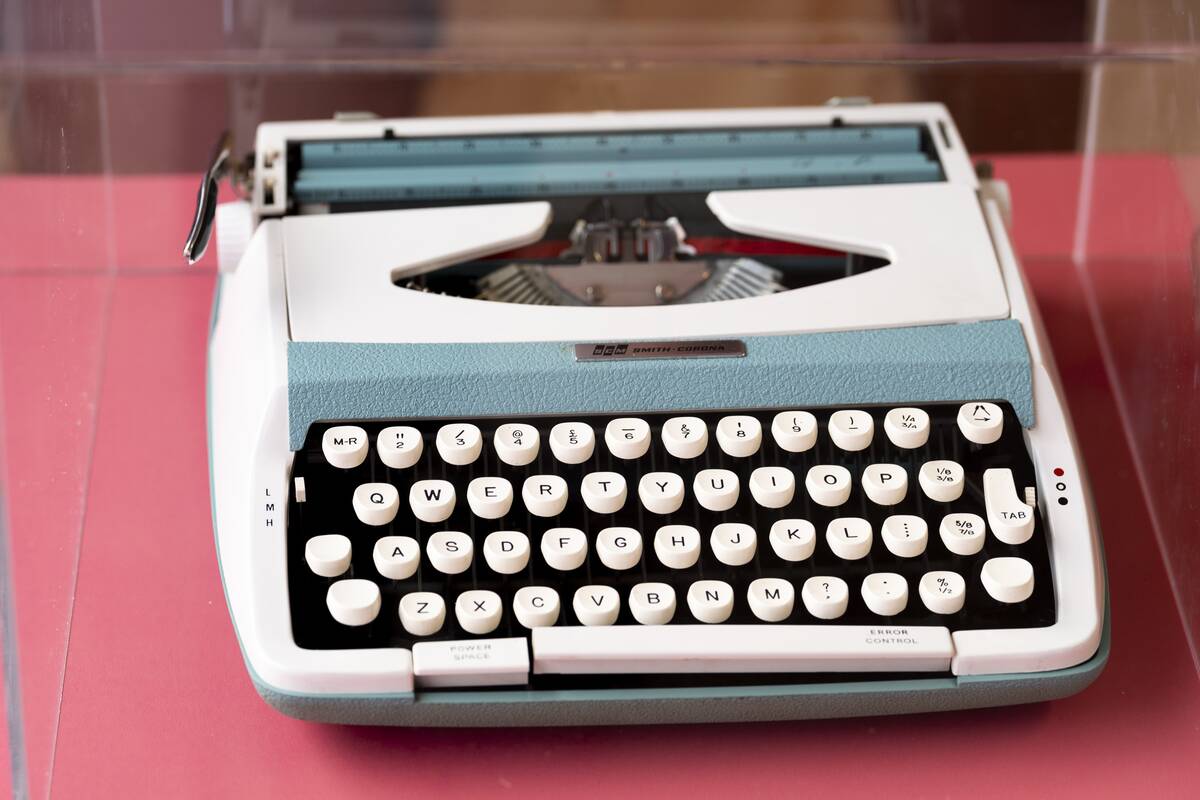
Typewriters transformed the written word, offering a mechanical clack with each keystroke.
Patented by Christopher Sholes in 1866, they became indispensable for writers and offices alike. Though replaced by computers, their tactile feedback and distinctive sound still hold a nostalgic charm.
Analog Clocks

In an era of digital everything, analog clocks are a charming nod to the past. With their rotating hands and numbered faces, they taught us to tell time in a more hands-on way.
Invented in the 14th century, these timepieces remain a timeless classic in design and function.



